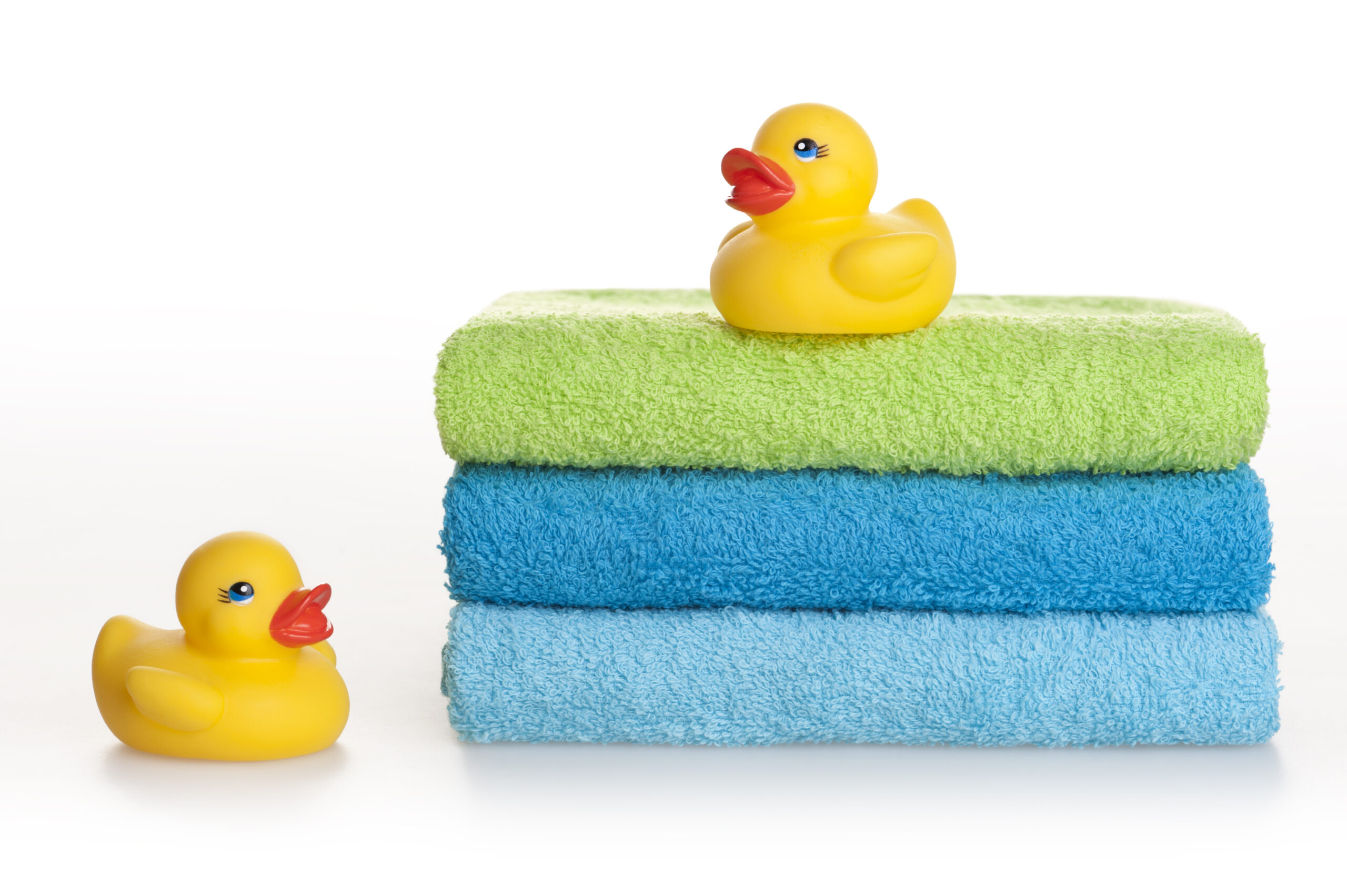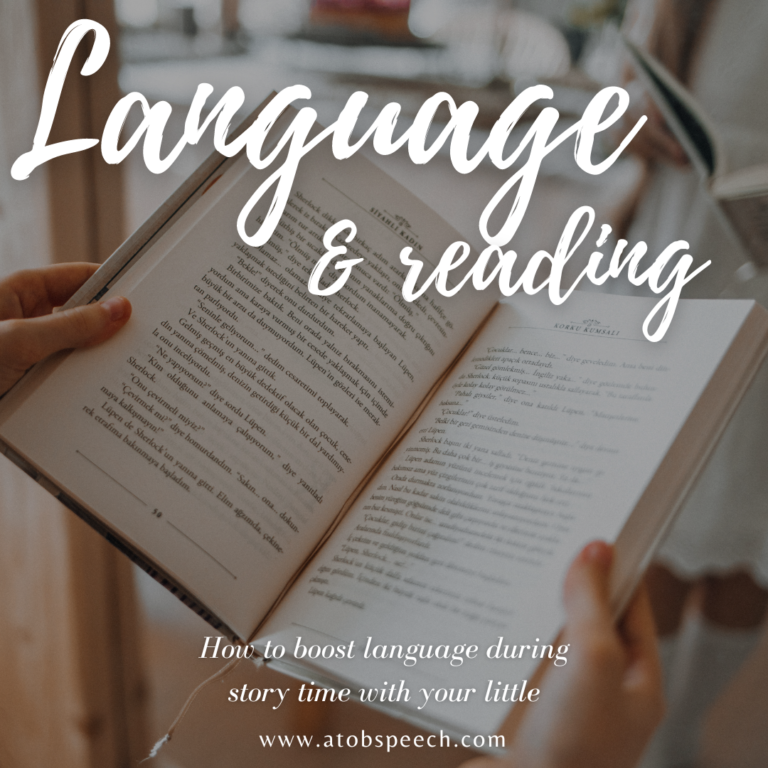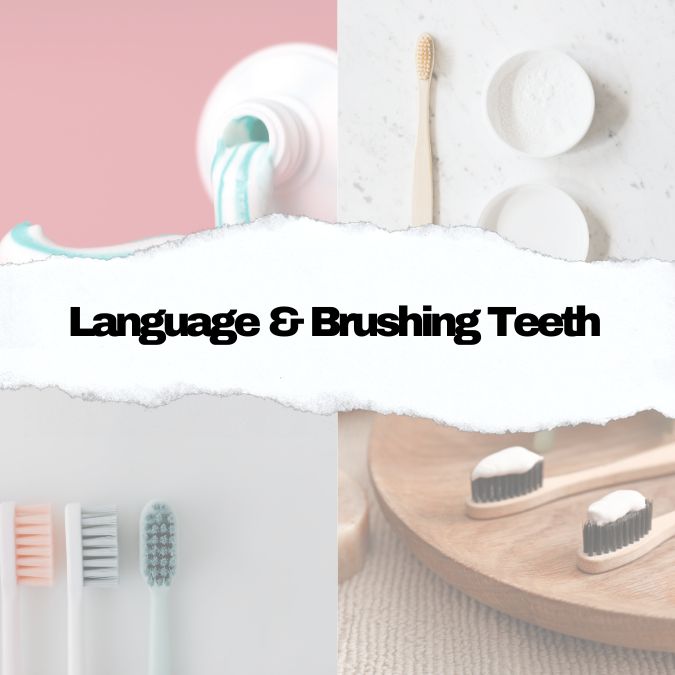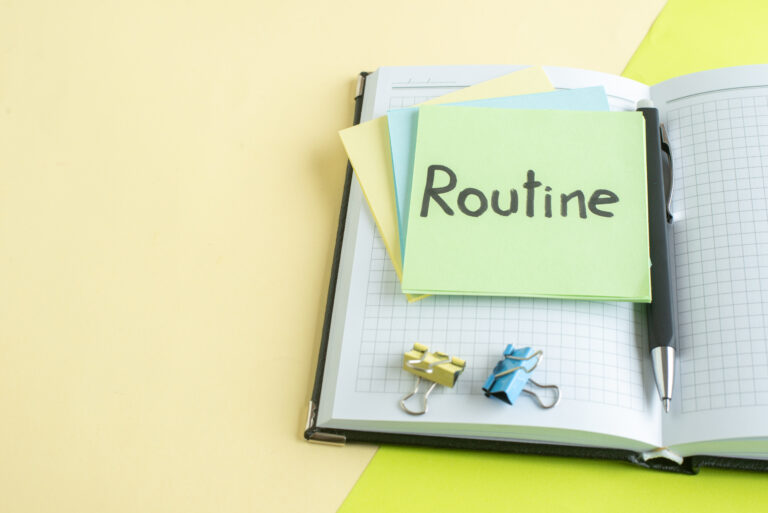In our last blog post, we talked all about what routine-based therapy is and how it can be super helpful for your little (and for you, too!). If you haven’t had a chance to check that one out, head over here to read it first! It’s time to jump into our first routine: bath time!
Bath time isn’t just for bubbles and toys—it’s a perfect opportunity to enhance your child’s language skills. Firstly, it is a part of your routine that happens often, so we are automatically building in the repetition strategy since the vocabulary concepts around this task are going to be modeled each time they have a bath! Secondly, bath time is a perfect opportunity to get your little’s attention, as they are inherently not running away from you and distracted by their little worlds when they are in the bath….it may even be one of the only times your little sits in one spot for longer than 30 seconds! Let’s take advantage of that and learn how to turn bath time into an educational splash!
This post may contain affiliate links, this means that we could receive a commission when you click on one of our links and purchase something that was recommended. In some cases, we may be compensated for writing this post. Don’t worry, it is at no extra cost to you and all opinions and recommendations shared are truly our own! See our full policy here
What strategies can I use during bath time?
You can use any of our early-language strategies during bath time and adapt them to the activity! We are just going to talk about two examples today…but remember that any of the strategies that you have learned about can be used!
1. Narrating
Narrating: we talked about one type of narrating in this blog post and learned about how self-talk can be so helpful for our littles. During bath time, we may want to use self-talk along with a different type of narrating, called parallel-talk (we are working on a blog post for this strategy and will link it when it is released). In short, parallel talk involves talking about what the child is focused on/doing. The key here is that your little is focused on something and you are giving him or her the language to match the object/action that they are already focused on. We can use both self-talk and parallel-talk to help our little map words to what is happening in the word around them! Here are some examples!
Parallel-talk example:
Little: Johnny is playing with a rubber duck
Caregiver: Mom says ‘you’re playing with your duckie….hi duckie!” OR ‘your helping duckie swim’ → “swim swim duckie”/ “splash, splash duckie”
Some examples of when to use parallel talk during bath time: when your little is pouring water, splashing, playing with toys, using a washcloth, focused on something in the bath (think looking at soap, watching you pour or scoop the water with the container etc.). You can really use this strategy any time throughout bath time- the trick is to tune into what your little is already paying attention to and go from there!
Self-Talk Example:
Caregiver: “We are going to fill up the tub with water!” ; “Time to wash Johnny’s hair…wash wash!”
Some examples of when to use self-talk during bathtime: ANY TIME you are performing an action. To simplify this, try to identify the 1- main verb (action word) and 2- main noun (object/person/place) and make a phrase with those words to help your little link meaning with those words (e.g. wash + hair, pour + soap, scoop + water, pop + bubbles etc.). Don’t worry…we are going to be talking about this more later in this post!
2. Choices
Choices: This is a simple strategy that we can use to support our littles in both their understanding of the vocabulary (we are labeling things when we provide choices) as well as encouraging our little to express/communicate with us. When we provide choices, we are going to use simple language that focuses on the object (e.g. wash hands or wash hair rather than ‘do you think we should wash our hands or wash our feet’). We are also going to accept any communication form for their choice- pointing, signing, or saying the word are all acceptable! Your little might not be ready for this yet…that’s okay! You can provide the choice, give them a little bit of wait time, and then repeat the words after you make the choice ‘let’s wash hands’.
3. Sing songs & Rhymes
Sing songs and rhymes: Our littles love to learn language through intonation (the rise and fall of our voice- many babies and littles LOVE songs). This is such a fun way to keep them engaged, help them to understand and predict the words that are coming next, and get that built-in repetition of the vocabulary words. You can sing a classic song like ‘Rub-a-Dub-Dub” or, my favorite way, pick a nursery rhyme and change the lyrics to whatever words you are trying to teach. Hint: think about our trick from above of picking out our main verb+noun combination and use those words in your song!
One example: Using the tune of ‘here we go round the mulberry bush” → this is the way we wash our hair, wash our hair, wash our hair, this is the way we wash our hair, to keep it nice and clean” ….As you can see, the possibilities are endless! You can change out ‘ to keep it nice and clean’ to teach about timing instead ‘when we take our bath’ or ‘before we go to bed’ OR you can even change out the ‘wash’ and ‘hair’ to whatever action and noun you want (this is the way we ‘take a bath’, ‘wash the duck’, ‘pour the water’ etc.). You can change these lyrics up and adjust it for your little and your routine, but keep in mind that if you can sing the familiar version of the song repetitively, your little will start to learn the lyrics and get that built-in repetition that they need!
4. Say it Over Again
Say it Over Again: We are also going to build in repetition by picking out our ‘focus words’ and repeat them multiple times while we are talking. This helps our little to tune into that focus word and map (learn) that word more readily. Let’s think about what our ‘focus words’ might be. Just as we talked about in the earlier section of this post, we are thinking about main verbs (actions) as well as our main noun (object/place/person). We also want to think about modifiers that we can add to those ‘focus words’ that help our littles expand their understanding….we are going to call these building words because we are using these to BUILD on top of the basic words. Builder words are important because we need focus words to help us label things in our environment, but it is the combination of focus words (nouns/verbs) and builder words (our modifiers-fast/slow, up/down etc.) that eventually help us create sentences and combine our ideas. There are LOTS of different types of builder words but let’s talk about two different kinds of “builders” in this example. Let’s use a little formula to help us with this:

Example: Let’s pretend that we are using a little cup of water and pouring over our little’s head to wash their hair. Depending on what we want to explain…we will use this formula to help us pick our target phrase. Then, we might pick a builder word to add to our focus word: fast/slow, big/little, out/in, on etc.). You can also talk about temperature (hot, warm, cold), sizes (big, small), location (in/on/under etc.), how something looks/feels/moves etc. (fast/slow, squishy/hard etc.), and more!!
Step 1: Pick out focus words
- we might pick 1-2 of these focus words (objects/actions): pour, scoop, cup, hair, head, water, wash etc.).
Step 2: Pick out builder words:
- we might pick a builder word to add to our focus word: fast/slow, big/little, out/in, on etc. → quick tip: if you are stuck coming up with builder words, ask yourself these questions about your focus words: how, where, when
Step 3: Put it all together and say it over again (hint: you can combine two focus words or a focus word and a builder word).
- (Focus word+Focus word)+say it again+again: “pour water…pour, pour, pour”
- (Focus word+Builder word)+ say it again+again: “clean hands…clean, clean, clean”

How can I add play into our bath time routine?
There are TONS of opportunities to add play into your bath time routine! Here are just a few ideas to get your creative juices flowing!
- Toy animals: wash and dry animals, play hide and seek with animals by hiding them behind a wash cloth, have animals practice swimming and jumping into the water, have animals practice racing to the end of the bath tub
- Container: use your containers for scooping and pouring water- talk about pouring fast or slow or start pouring (ready..set…pour) and then (freeze!) in the middle. You can also use spoons or ladles to scoop the water into the container (great fine motor practice)
- Boats/floating toys: combine these toys with a toy animal or duckie and practice making them float on the water in the boat. You can use choices so your little has to choose which animal gets to float in the boat next!
Final Thoughts:
Bath time is a daily routine that can be transformed into a rich language development experience. With these strategies, you can make the most of this time to support your child’s communication skills in a fun and interactive way. During bath time routines, remember to talk, sing, and play your way through it for an easy way to promote language development!!







